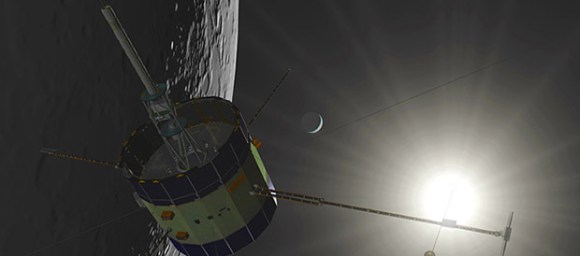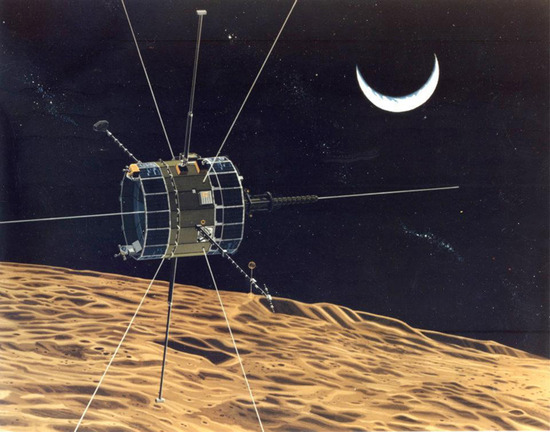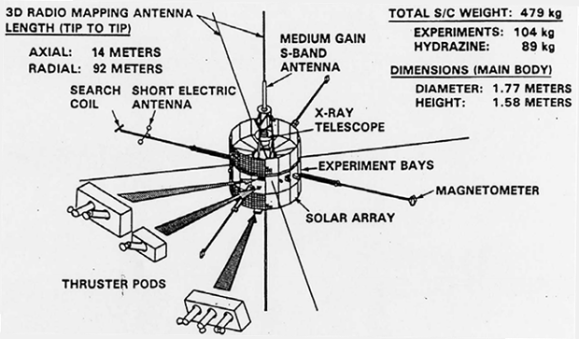
The team working to reboot the ISEE-3 satellite hurtling towards an August encounter with Earth is hard at work. They’ve put up a crowdfunding page, and now that they’re completely funded (don’t stop donating, btw), they’re starting to go deeper into the waters that will allow them to capture a forgotten satellite.
The project put up a status report going over what they’ve accomplished so far, and what work has yet to be done. For a few months now, they knew both transmitters aboard the craft were operational, but they were not sending telemetry. The team has gone through the documentation, came up with a set of commands, and are currently en route to Arecibo to transmit those commands.
Two ground station transmitters are being constructed, one specifically built to be installed at Arecibo for this application. The other is a portable, self-contained 700 watt transmitter that will be used at the official ISEE-3 ground station in Morehead State University in Kentucky.
With transmitters taken care of and receiving handled by an SDR from Ettus Research, a lot of work has focused on the command and telemetry systems. In 1978, the user interface for commands and telemetry was primitive to say the least. The team is now working on a system built-in Labview that’s much easier on the eyes than the vintage text terminal screens.
So far, signals from ISEE-3 are planned to be received at Arecibo, Morehead State, and Bochum observatory in Germany. This will give the team extremely good coverage for most of a day, and there are other ground stations in California that will extend the time the team is able to communicate with ISSE-3 each day by a few hours.
There’s still a lot of work to be done; the team really doesn’t know what systems are still operating, although most of them did make it 20 years with only one fault. In the next few days, we’ll all get to see if this satellite will be up to the task of coming back home to Earth. If everything goes to plan, ISEE-3 will be on track towards a 17 hour burn to put it on the correct trajectory some time in mid June.













